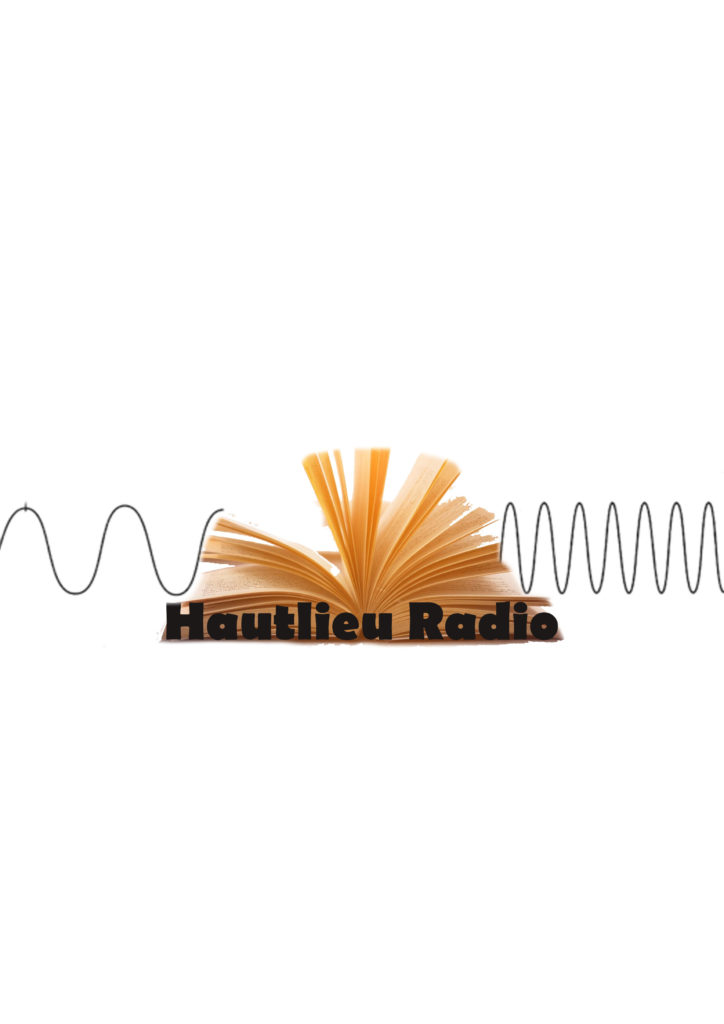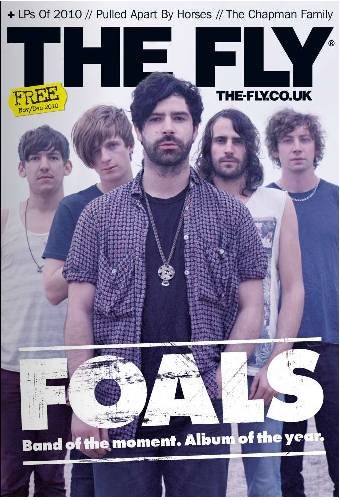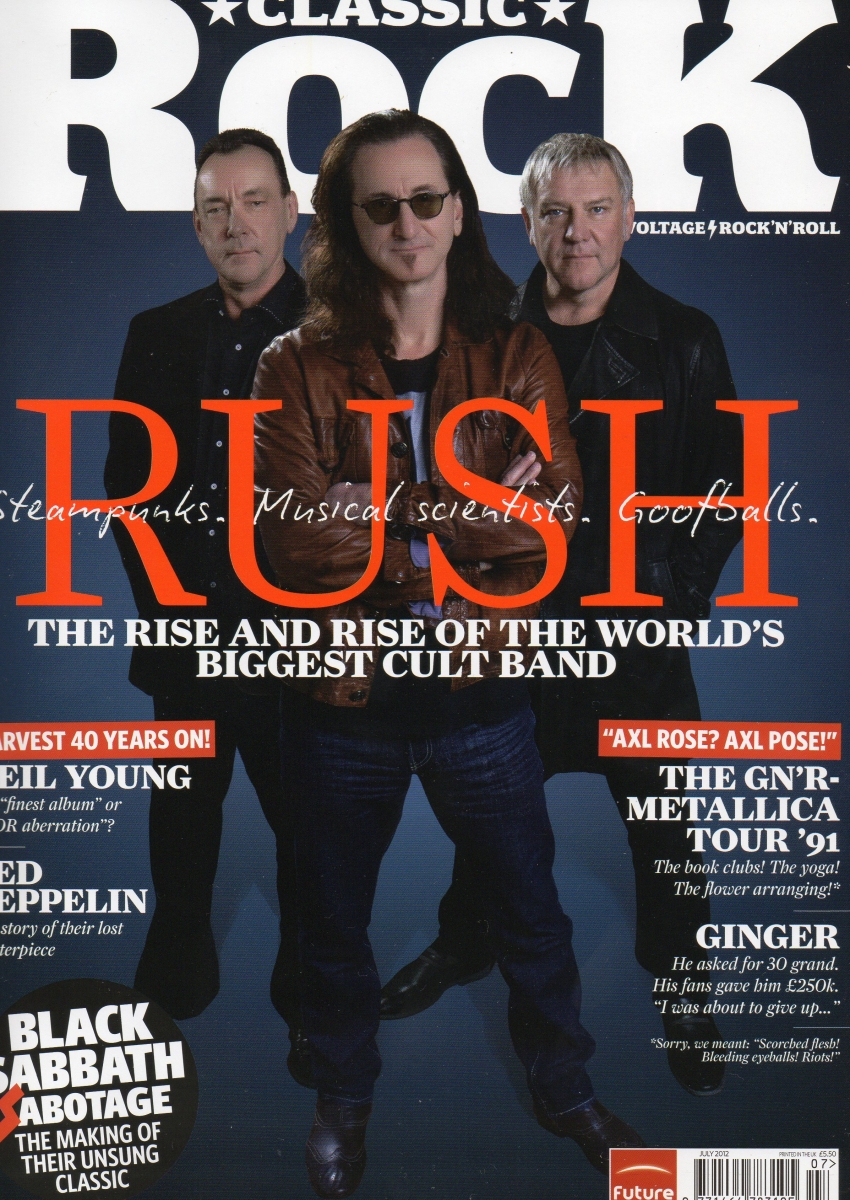Life hacks BBC public service
Life hacks have two female hosts Vick and Katie: diverse/ woman of colour, Female host- not dominated by a male
Lifehacks is a replacement for the surgery that seems to be a podcast to which you could tune in and ask medical questions
Shirkey, there is no longer a passive audience as audiences now are more active due to the help of new modern technology to which helps connect a bridge between the media and the audience. audience wants to be more involved and interative
ie. Life hacks asks interactive questions and wants to our want to play next (songs) or personal stories to tweet on come onto the show
ie. a lot of newspapers ARE online nowadays to fill the interactive desire we have now
Curran and Seaton’s media is a risky business

war of the world modern 1938
The media needs a form of regulation or they can post whatever they want and it won’t matter if it’s real or not so we have a filter what media goes through also known as “flack” so the government could stop negative information against them to never be published for the public as well as watchdogs who are mainly anonymous people who keep an eye out for the public to ensure there is no corrupt people or media. FREE PRESS should be free from interference/ ownership/political control: we can link this to the war of the worlds as they believed the Martians had come to earth and this caused panic.
At the time they were more media illiterate. Laswell brings the idea that the audience is passive and doesn’t think and simply consumes the media that is given ie the martian.
However now our society is more rejecting of the media and information questioning and rejecting media
Lasswell, behavioral scientist researching areas connected with political communication and propaganda, believed each government had ‘manipulated the mass media in order to justify its actions’ in World War 1”
Harold lasswell – Hypodermic model = direct injection = passive audience







